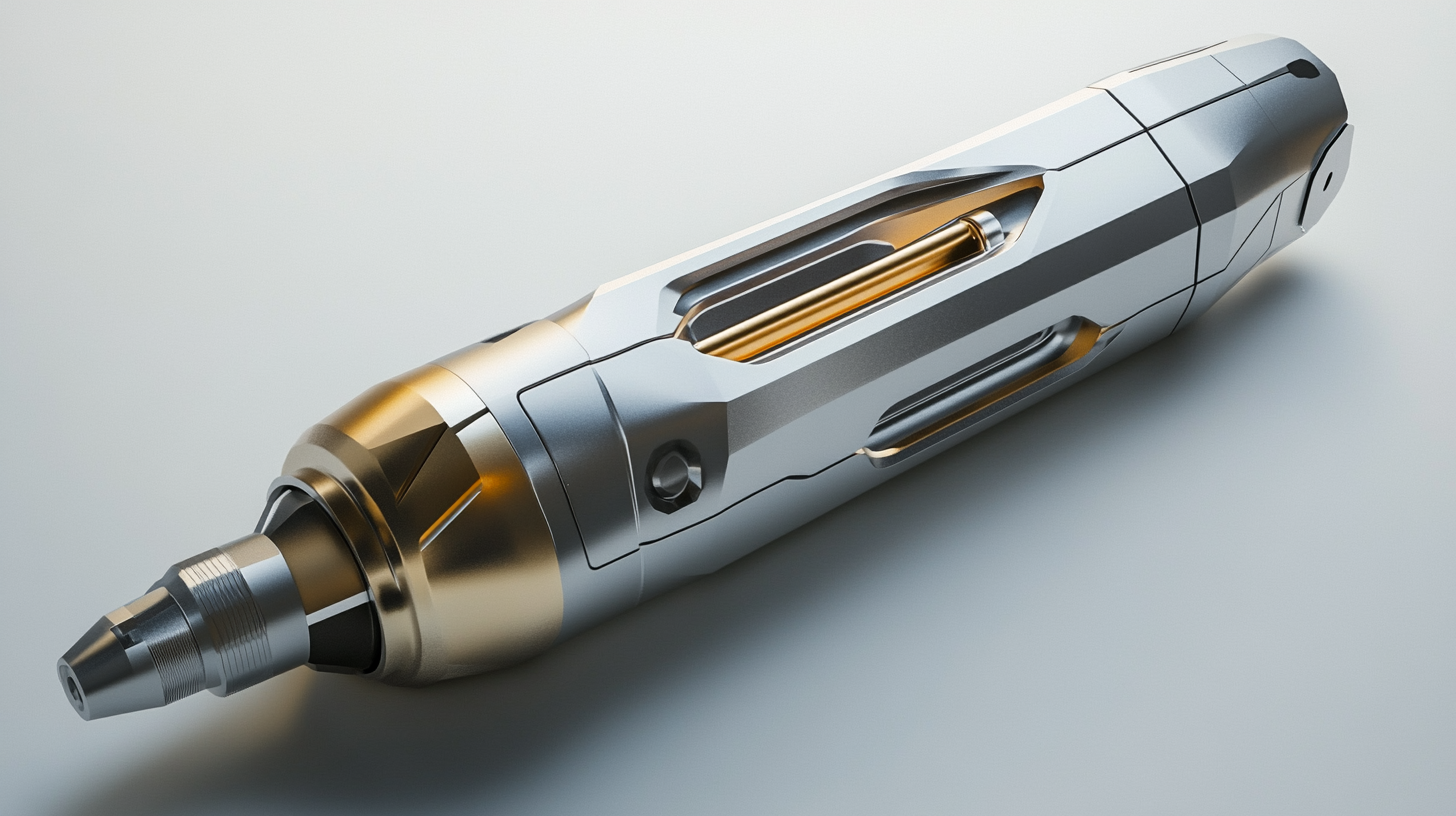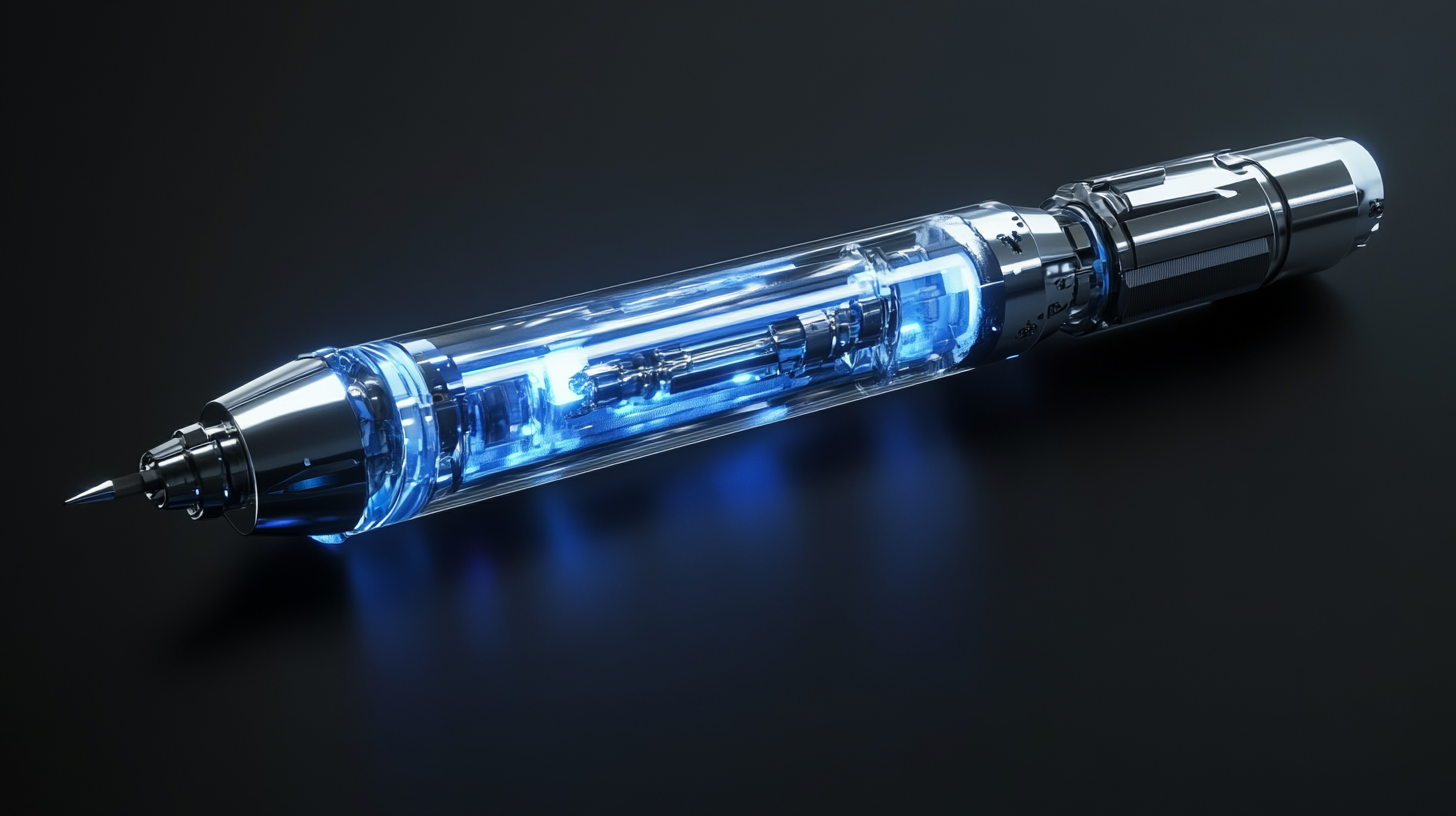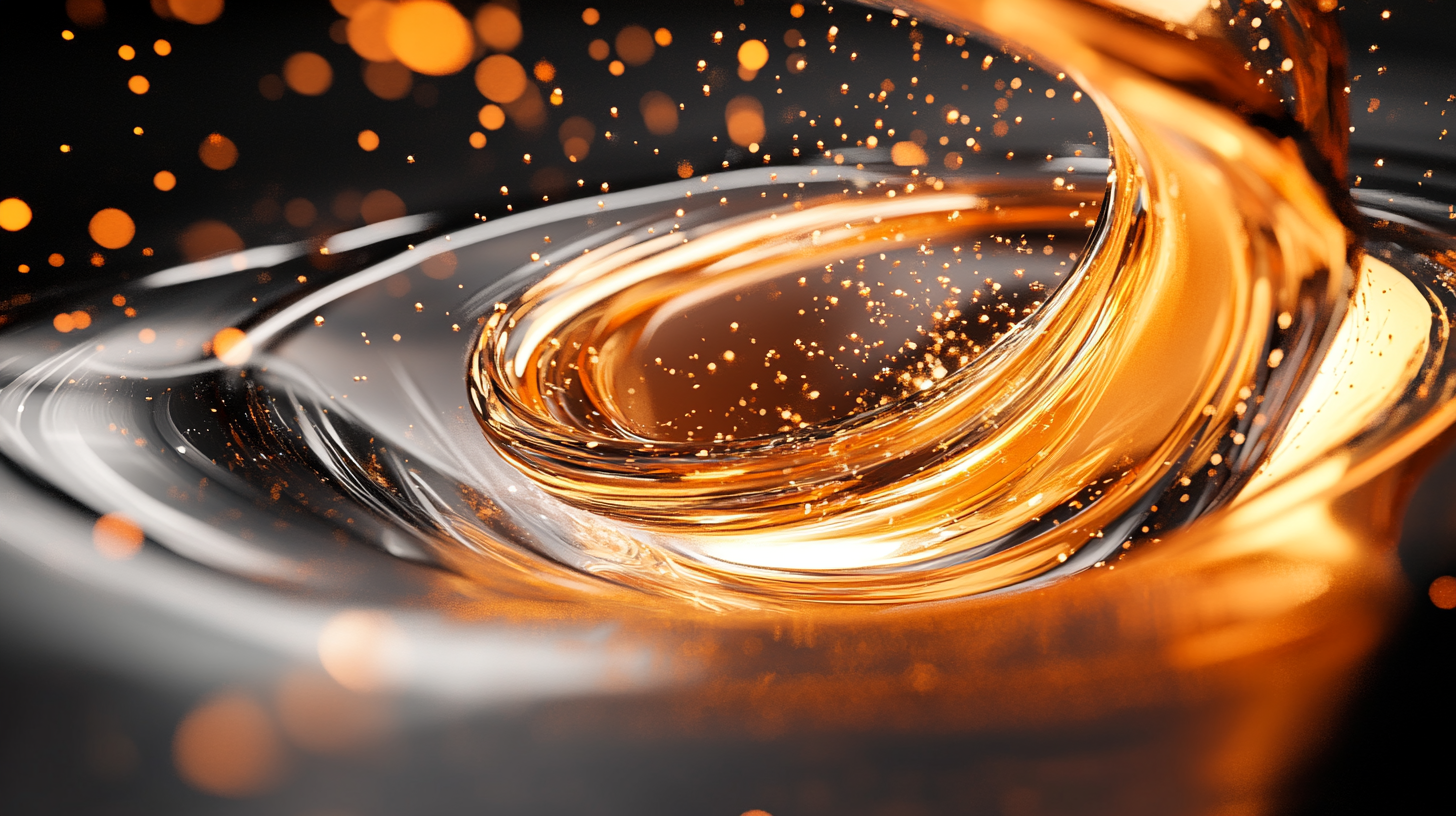SUNDI TOOLS
- Copyright © Wuxi Sundi Precision Tools Co.,LTD All rights reserved.
- Site Map
In the ever-evolving landscape of manufacturing and machining, precision tools play a pivotal role in enhancing efficiency and accuracy. Among these, the Step Reamer stands out as an innovative solution designed to meet the demands of modern engineering applications. As we look ahead to 2025 and beyond, the advancements in Step Reamer technology promise not only to increase productivity but also to address the challenges posed by more intricate designs and materials. This blog will explore the latest innovations that are set to redefine the capabilities of Step Reamers and their applications across various industries.
As industries strive for greater efficiency and quality, the integration of cutting-edge technology in Step Reamer design is crucial. From smart manufacturing practices to advances in material science, the future of Step Reamer technology is poised for significant transformations. In this exploration, we will delve into the upcoming trends, the potential impact on manufacturing processes, and the ways these innovations can help engineers and machinists optimize their workflows. Join us in unveiling the exciting future of Step Reamer technology and its implications for the machining world.

The advancement in step reamer technology is significantly influenced by the emergence of innovative materials, poised to reshape the landscape of durability and performance for these essential tools. Traditional materials often fall short in demanding industrial environments, leading to wear and tear that can hinder precision and efficiency. However, the introduction of advanced composites and high-grade alloys is opening new possibilities, enabling manufacturers to create step reamers that withstand extreme conditions while maintaining their cutting capabilities. One of the most promising developments is the use of carbide-infused substrates that provide unparalleled strength and heat resistance. These materials not only enhance the lifespan of step reamers but also optimize their performance by ensuring consistent cutting action. Moreover, the incorporation of coatings such as titanium nitride further enhances their surface properties. This combination not only reduces friction during operation but also minimizes the accumulation of material on the cutting edges, resulting in smoother finishes and greater accuracy. In addition to performance improvements, the use of emerging materials also allows for more sustainable practices within the manufacturing process. With the industry moving toward eco-friendly solutions, innovations that reduce material waste and energy consumption during production are highly valued. This shift is not just about building better tools; it's about creating a more responsible approach to manufacturing that respects both the environment and the end-user. As we look toward 2025 and beyond, these technological advancements will surely redefine what is possible in the realm of step reamer technology.

The integration of smart technology into step reamer design and manufacturing represents a significant leap forward in the industry, with exciting developments on the horizon for 2025 and beyond. As industries increasingly seek efficiency and precision, step reamers must evolve to meet these demands. Recent reports indicate that the global cutting tools market is projected to reach $25 billion by 2025, driven in part by advancements in smart manufacturing technologies.
The rise of Industry 4.0, characterized by automation and data exchange in manufacturing technologies, is set to redefine the capabilities of step reamers. Smart technology integration could allow these tools to be equipped with AI-driven sensors that monitor wear and tear in real-time, providing manufacturers with invaluable data to optimize maintenance cycles. This proactive approach not only minimizes downtime but also enhances overall productivity, aligning with industry goals of cost efficiency and resource conservation.
Additionally, the challenges posed by evolving sectors such as semiconductor fabrication and high-end manufacturing underscore the need for innovative reamer designs. With an increased focus on precision and the reduction of tolerances, manufacturers are expected to adopt advanced materials and coatings that improve wear resistance and cutting performance. The upcoming “固高杯” national competition exemplifies this trend, inviting participants to disrupt the status quo by leveraging cutting-edge technologies across various industries, including high-end manufacturing. As these innovations unfold, the future of step reamer technology appears poised for a transformative journey, presenting both challenges and opportunities in a rapidly evolving landscape.

Sustainable practices are swiftly becoming the cornerstone of modern manufacturing processes, and the production of step reamers is no exception. As industries worldwide are urged to reduce their ecological footprint, manufacturers are embracing innovative materials and methodologies that align with eco-friendly principles. By utilizing recycled materials and eco-conscious production techniques, the step reamer industry is paving the way for a greener future while meeting the ever-growing demand for high-performance tools.
One notable innovation is the use of biodegradable lubricants during the step reamer manufacturing process. These eco-friendly alternatives not only minimize harmful emissions but also enhance the overall performance of these tools. Furthermore, advancements in design technology, such as 3D printing, have enabled manufacturers to optimize material usage, producing high-quality step reamers with significantly reduced waste. This shift towards sustainable production not only conserves resources but also bolsters the industry's commitment to environmental stewardship.
In addition, companies are increasingly focusing on energy-efficient manufacturing processes. By investing in renewable energy sources and optimizing machinery to consume less power, step reamer production is moving towards a cycle of sustainability that lessens its impact on the planet. As we venture into 2025 and beyond, these innovations underscore the industry's dedication to sustainability, ensuring that step reamers can be produced responsibly while still meeting the rigorous demands of various applications in a rapidly evolving marketplace.

The next generation of step reamers is set to revolutionize machining with enhanced precision and customization, drawing inspiration from advancements in various fields, including AI and laser technology. As manufacturers strive for more efficient and tailored solutions, innovations in step reamer design promise significant improvements in operational accuracy. Enhanced geometries and materials are being developed to cater to specific applications, allowing for finer adjustments and more effective material removal rates.
Moreover, the integration of smart technologies into manufacturing processes parallels trends observed in aesthetic dermatology, where AI is harnessed to promote precision and safety. This cross-disciplinary approach underscores the importance of customization in engineering, mirroring the rise of personalized solutions across other industries. By employing data-driven algorithms, manufacturers can optimize the performance of step reamers, ensuring they meet the exact requirements of their clients, revolutionizing not only the reaming process but also the broader landscape of precision machining.
As the demand for specialized tools grows, the focus on user-specific needs will drive innovation in step reamer technology. This evolution aligns with advancements in fields like augmented reality and genomics, which emphasize the importance of customization and precision. The future of step reamers is bright, characterized by adaptable designs and enhanced functionalities that not only improve efficiency but also open the door for endless possibilities in manufacturing excellence.
The demand for step reamers in various industries is on the rise, largely influenced by ongoing advancements in drilling technologies. As we move toward 2025, the landscape for step reamer applications is transforming, particularly in sectors like horizontal directional drilling (HDD). With the evolving needs for efficient and precise drilling methods, step reamers are becoming integral to enhancing drilling performance, especially in difficult terrain and complex underground structures.
Market trends indicate a notable shift towards the integration of advanced materials and innovative designs in step reamer manufacturing. These innovations not only improve durability and efficiency but also cater to the unique demands posed by both onshore and offshore projects. Industries ranging from oil and gas to construction are increasingly exploring the versatility of step reamers, utilizing them in applications that require precision and adaptability. This trend is further fueled by the push for sustainable solutions, as companies seek tools that minimize environmental impact while maximizing operational efficiency.
Looking forward, the future applications of step reamers are expected to expand, driven by technological advancements and the increasing complexity of drilling requirements. With a focus on automation and smart technology, step reamers will play a crucial role in streamlining processes, reducing downtime, and improving overall project outcomes. As we approach 2025, industries will need to stay abreast of these developments to leverage the full potential of step reamer technology in their operations.